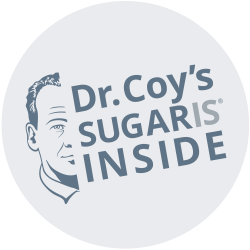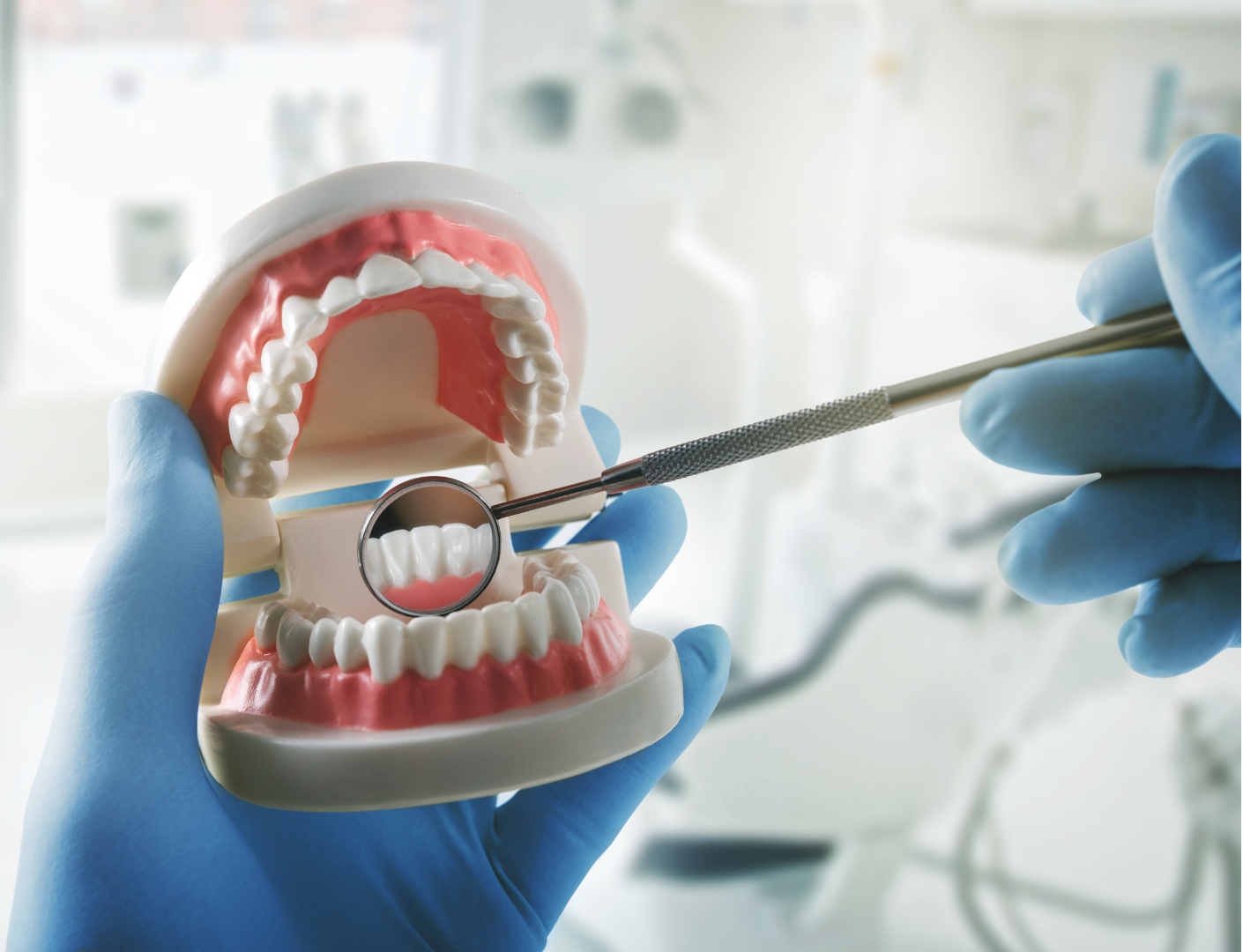Allulose Shows Low Cariogenic Potential in New Oral Microbiome Study
A recent study published in Frontiers in Cellular and Infection Microbiology examined how different sugars influence the development of dental biofilms and microbial balance in the mouth. The research focused particularly on Allulose, a rare sugar, and assessed its potential to promote or prevent conditions associated with tooth decay.
Study Overview
The study established a comprehensive cariogenic potential assessment platform to compare the effects of several dietary sugars, including sucrose, glucose, fructose, and allulose, on the growth and behaviour of oral bacteria. The researchers used a range of laboratory models to represent various oral environments:
- Single-species biofilm models using Streptococcus mutans, a primary bacterium involved in dental caries.
- Dual-species models combining S. mutans with Streptococcus oralis to study bacterial interactions under different sugar conditions.
- Saliva-derived microcosm biofilm models representing a more complex microbial ecosystem similar to that found in the human mouth.
Across these models, key parameters such as bacterial growth, acid production, extracellular polysaccharide (EPS) synthesis, biofilm formation, and overall microbial diversity were analysed.
Key Findings
The results consistently showed that Allulose exhibits markedly lower cariogenic potential compared to common dietary sugars:
- Reduced bacterial growth and acidification:
S. mutans and other acidogenic bacteria grew more slowly and produced less acid when exposed to allulose than to sucrose, glucose, or fructose. - Weaker biofilm structure:
Biofilms formed in the presence of allulose were thinner, less cohesive, and contained fewer EPS, indicating reduced bacterial aggregation and adherence. - Preserved microbial diversity:
In saliva-derived models, allulose maintained a more balanced microbial composition, preserving beneficial genera such as Neisseria and Haemophilus, which are typically suppressed by high-sucrose conditions. - Comparable to sugar alcohols:
The cariogenic potential of allulose was found to be similar to that of xylitol and erythritol, both known for their non-cariogenic properties.
Analysis
These findings suggest that allulose does not promote the same level of microbial acid production or dysbiosis seen with conventional sugars. By supporting a more stable and diverse oral microbiome, allulose may contribute to oral health protection rather than deterioration.
However, the study was conducted under laboratory conditions, and further clinical validation is necessary to confirm these outcomes in everyday settings.
Factors such as saliva flow, dietary habits, oral hygiene, and fluoride exposure could all influence how allulose behaves in the human mouth.
The Intelligent Sugar Perspective
This study adds to the growing evidence that different sugars interact uniquely with the body, not only metabolically, but also microbiologically.
Allulose’s ability to limit bacterial growth and acidification while preserving microbial balance aligns with the foundation of the Intelligent Sugar Switch: choosing natural sugars that provide sweetness without compromising health.
By combining allulose with other scientifically validated sugars such as isomaltulose, tagatose, galactose, and trehalose, Dr. Coy’s formulations deliver sweetness that supports steady energy, a balanced microbiome, and oral protection.
This research reinforces the importance of making the intelligent switch. Opting for sugars that work with the body’s systems, not against them.
Reference:
Han, S., Rajitha, K., Park, S., Lim, J., Jung, H.-Y., Kim, J., & Kim, D. (2025). Unveiling the impact of allulose on oral microbiota and biofilm formation via a cariogenic potential assessment platform. Frontiers in Cellular and Infection Microbiology, 15, Article 1670139. https://doi.org/10.3389/fcimb.2025.1670139


